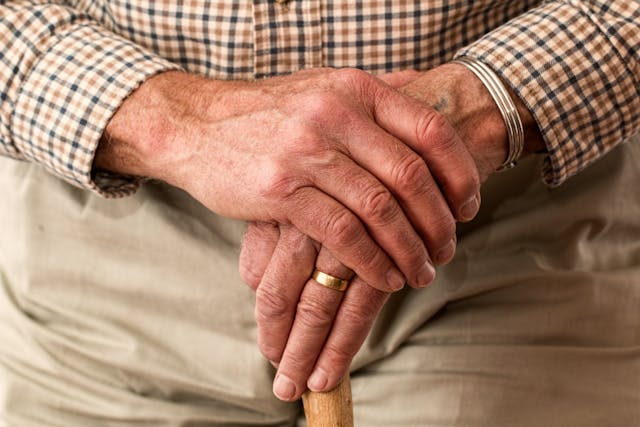
The outermost layer of skin is removed during the skin-resurfacing process known as dermabrasion. Skin that regenerates is typically softer.

Dermabrasion can reduce the appearance of fine facial lines and enhance the appearance of several skin imperfections, such as age spots, wrinkles, acne scars, and surgical scars. Dermabrasion is a cosmetic procedure that can be used alone or in conjunction with others.
Your doctor uses anaesthetics to numb your skin before dermabrasion. Depending on the scope of your therapy, you might also have the choice of taking a sedative or getting general anaesthesia.
Dermabrasion-treated skin will be sensitive and blotchy for a few weeks. Your skin tone may not return to normal for roughly three months.
Why it’s done
Dermabrasion can be used to treat or remove:
Scars caused by acne, surgery or injuries
Fine wrinkles, especially those around the mouth
Sun-damaged skin, including age spots
Tattoos
Swelling and redness of the nose (rhinophyma)
Potentially precancerous skin patches
Results
Your new skin will be sensitive and red after dermabrasion. Swelling can linger for weeks or even months, but it usually starts to go down within a few days to a week. Your skin tone may not return to normal for roughly three months.
You’ll notice that your skin appears smoother after the treated area starts to heal. For six to twelve months, shield your skin from the sun to avoid long-term alterations in skin tone.
Ask your doctor if hydroquinone, a bleaching chemical, is available on prescription if your skin tone is uneven after healing.
Hope it helps!








